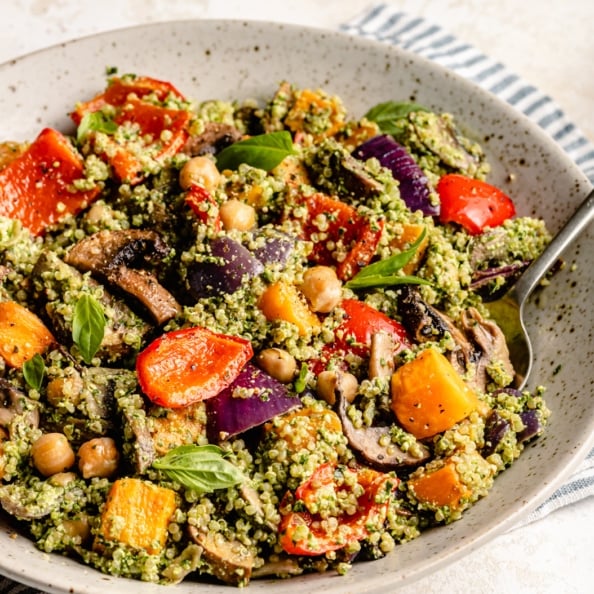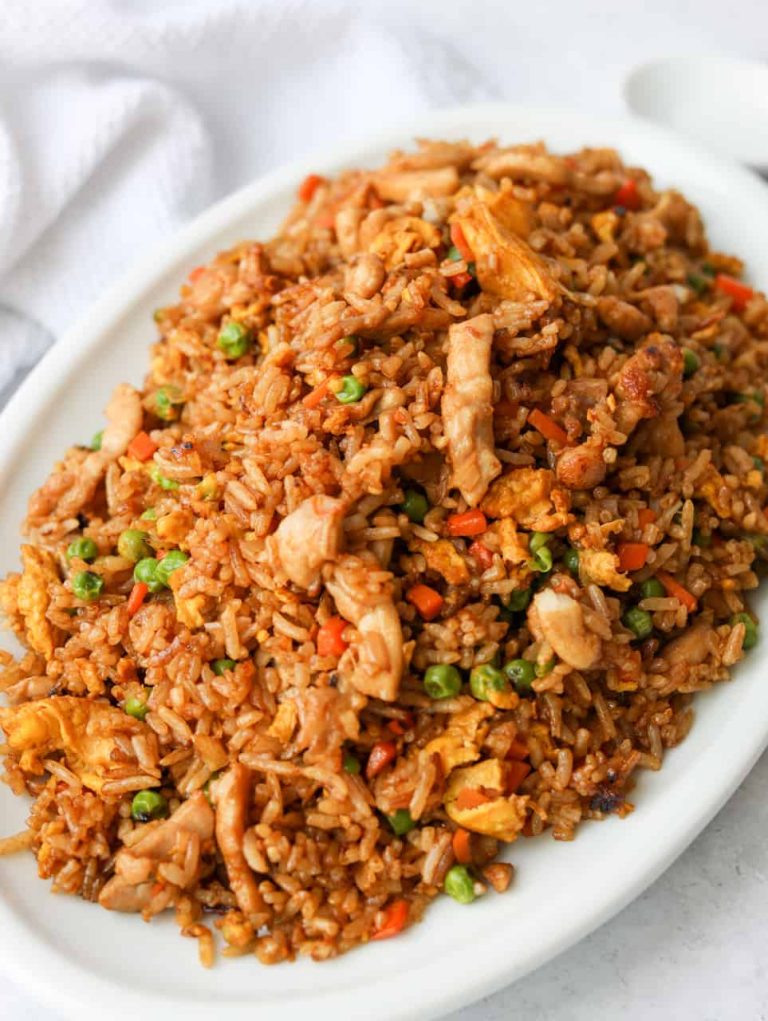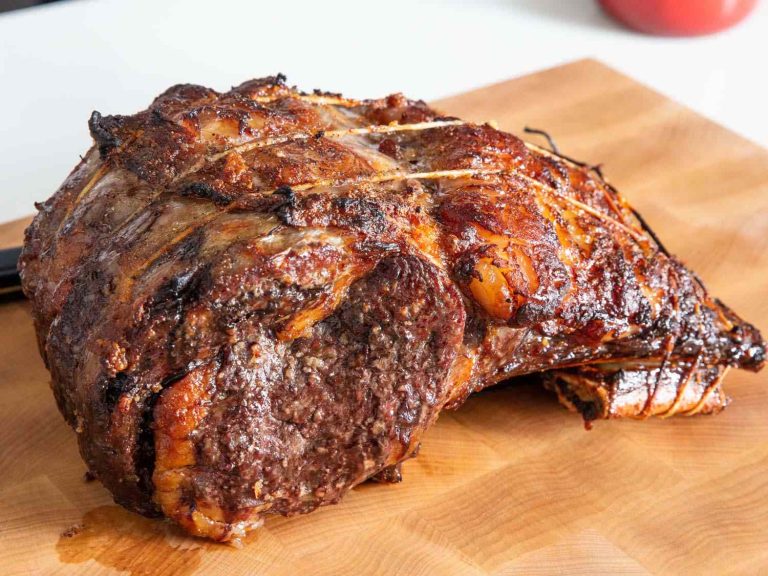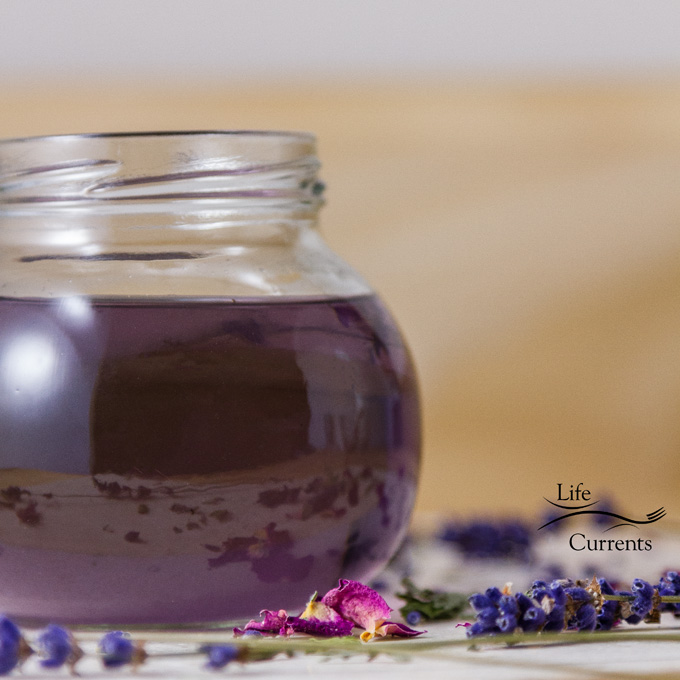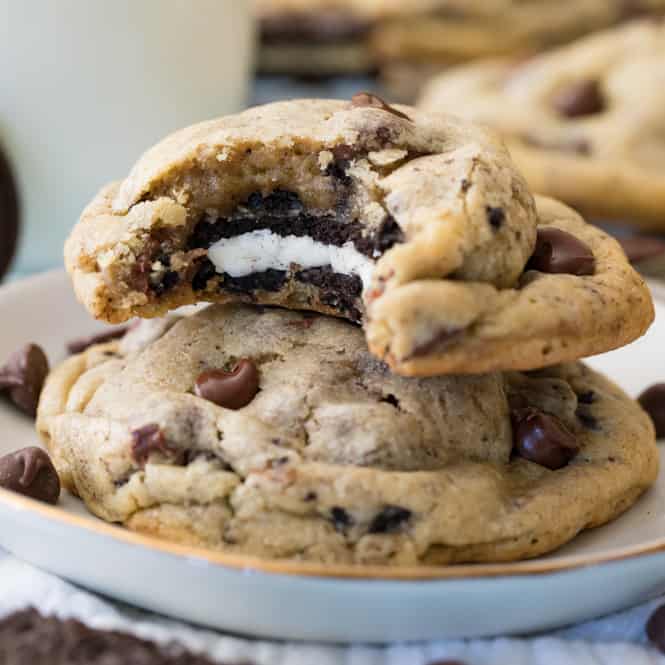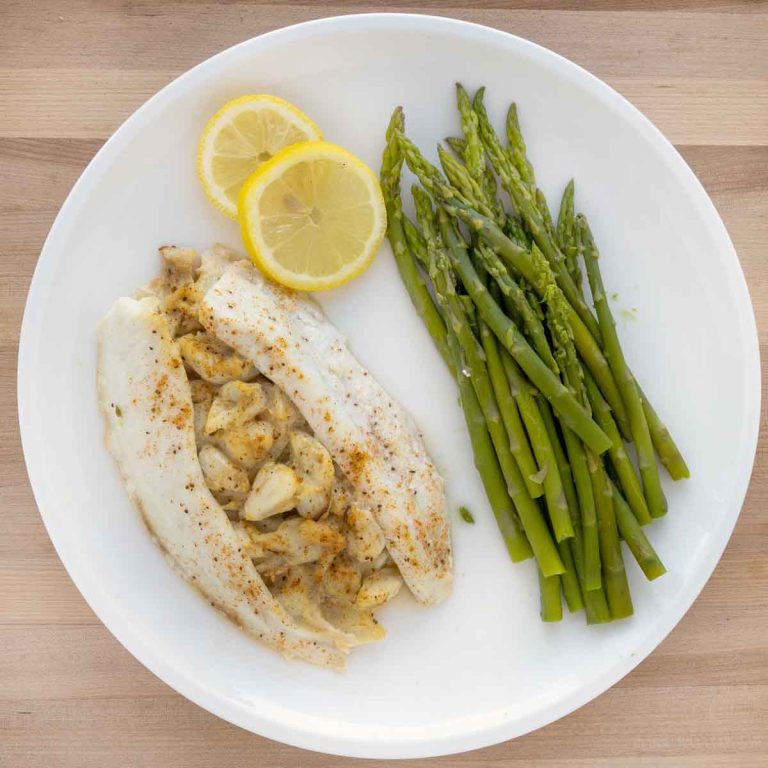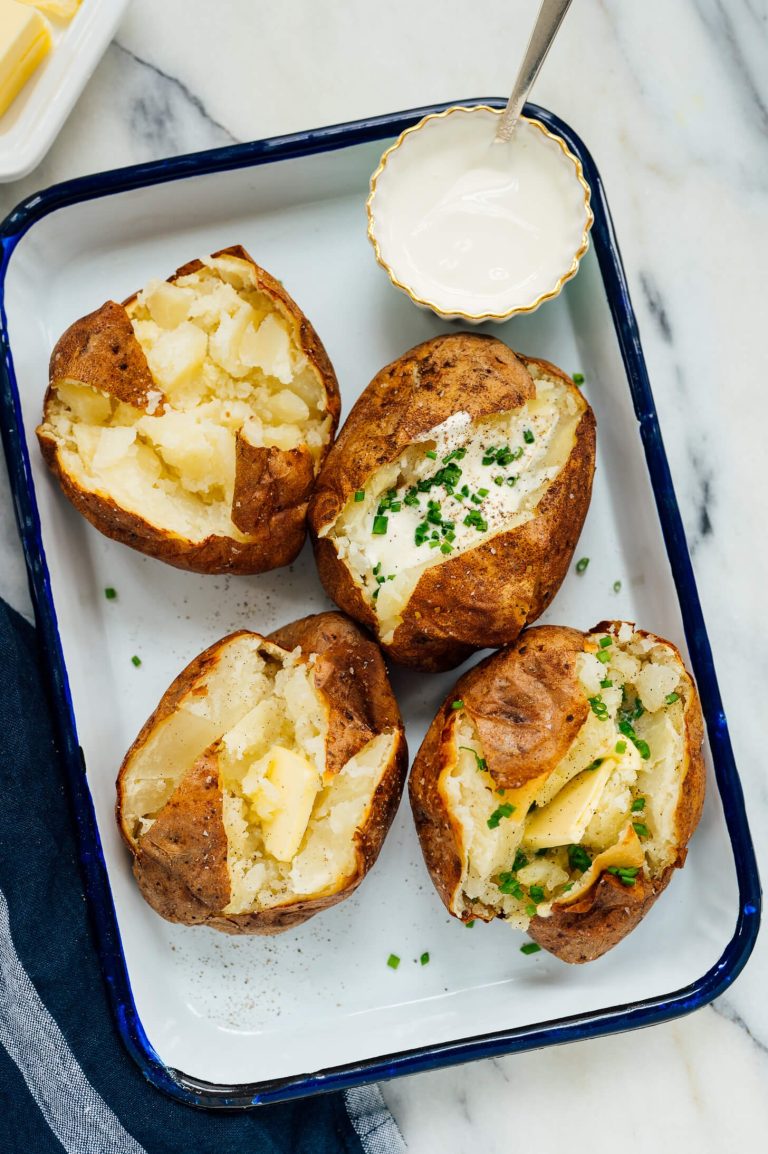Quinoa Couscous and Farro Salad with Summer Vegetables: Recipe, Tips, and Nutritional Benefits
Quinoa, couscous, and farro each contribute unique nutritional benefits. Quinoa is rich in protein, containing all nine essential amino acids, which make it a complete protein. It also offers high fiber content, aiding in digestion and maintaining a healthy gut. Quinoa is a good source of magnesium, iron, and B vitamins.
Couscous, particularly whole wheat variety, offers a high fiber and protein content compared to its refined counterpart. It is low in fat and provides selenium, an antioxidant that supports a healthy immune system. Couscous also contains folate, which is crucial for cellular function and tissue growth.
Farro is an ancient grain packed with fiber, which promotes digestive health. It supplies a good amount of protein and complex carbohydrates, supporting sustained energy release. Farro is also rich in iron, magnesium, and vitamins A, B, C, and E, which are essential for various bodily functions.
Highlighting the Seasonal Vegetables Used
Summer vegetables enhance the freshness and nutritional value of the salad. Cherry tomatoes add a burst of sweetness and are high in vitamins A and C, boosting immune function and skin health. Bell peppers, available in various vibrant colors, offer antioxidants like vitamin C and beta-carotene, promoting overall wellness.
Cucumbers introduce a refreshing crunch and high water content, aiding in hydration. They are low in calories but provide vitamins K and C and several essential minerals. Zucchini, another summer favorite, is rich in antioxidants, vitamins A and C, and potassium, contributing to heart and eye health.
Sweet corn adds a slight sweetness and is a good source of fiber and other vital nutrients like B vitamins and magnesium. Red onions bring a sharp flavor and are packed with antioxidants, including quercetin, which has anti-inflammatory properties. Incorporating these vegetables ensures the salad is both flavorful and nutrient-dense.
How to Prepare Quinoa Couscous And Farro Salad
Choosing the Right Ingredients
Select ingredients based on freshness and quality. Choose quinoa, couscous, and farro from reputable brands for consistency. Pick seasonal vegetables like cherry tomatoes, bell peppers, cucumbers, zucchini, sweet corn, and red onions. For greens, opt for fresh spinach, arugula, or mixed salad greens.
- Cooking the Grains: Cook quinoa, couscous, and farro separately. Use 2 cups of water for 1 cup of quinoa, boiling it for 15 minutes. For 1 cup of couscous, boil 1 cup of water and let it absorb for 5 minutes. Simmer 1 cup of farro in 3 cups of water for 30 minutes.
- Chopping Vegetables: Dice the cherry tomatoes, bell peppers, cucumbers, zucchini, and red onions into small, uniform pieces. This ensures even distribution in the salad.
- Prepping Sweet Corn: If using fresh sweet corn, boil it for 5 minutes, then cut the kernels off the cob. If using canned or frozen, ensure it’s properly drained and thawed.
- Mixing Ingredients: Combine the cooked and cooled quinoa, couscous, and farro in a large mixing bowl. Add the chopped vegetables and sweet corn.
- Dressing the Salad: Make a dressing with olive oil, lemon juice, salt, and pepper. Mix thoroughly to coat all ingredients evenly.
- Adding Greens: Just before serving, mix in spinach or arugula. This keeps the greens fresh and crisp.
- Serving Suggestions: Serve at room temperature or chilled. Pair with grilled meats, tofu, or enjoy as a standalone dish.
Pairing Suggestions and Serving Ideas
Best Drinks to Accompany the Salad
Selecting drinks for pairing with the Quinoa Couscous and Farro Salad with Summer Vegetables enhances the dining experience. Crisp white wines like Sauvignon Blanc or Pinot Grigio offer refreshing acidity that complements the salad’s fresh ingredients. Light, chilled rosé provides a balanced fruitiness, pairing well with the grains and vegetables. Non-alcoholic options such as sparkling water with a splash of citrus or light lemonade maintain the meal’s light, summery feel.
Occasions Best Suited for This Dish
Serving the salad during specific occasions maximizes its appeal. It’s ideal for outdoor barbecues where its refreshing flavors match well with grilled items. Family picnics and potlucks benefit from its easy preparation and healthy components. This dish is also suitable for casual weekday dinners, offering a quick, nutritious option after a busy day. For brunch gatherings, pair with fresh fruit and light proteins for a balanced, satisfying meal.
Maintaining Freshness and Texture in Leftovers
Tips for Storing the Salad
Store the salad in an airtight container to maintain freshness and texture. Use glass containers for better preservation. Separate the dressing from the salad to prevent sogginess if storing longer than a day. Keep it refrigerated at 40°F or lower to inhibit bacterial growth. Consume within three days for optimal taste and quality.
Rejuvenating the Salad for Another Meal
Refresh your salad with a few simple steps. Add a splash of olive oil and a squeeze of lemon juice to revive flavors. Incorporate fresh herbs like basil or parsley for added freshness. Gently toss the salad to mix in any ingredients that may have settled. If needed, add new vegetables like cherry tomatoes or cucumber for extra crunch and flavor.
Conclusion
Crafting a Quinoa Couscous and Farro Salad with Summer Vegetables is a delightful way to enjoy a nutritious, flavorful meal. By choosing fresh, quality ingredients and following the detailed preparation steps, you can create a dish that’s not only healthy but also versatile for various occasions. Proper storage techniques ensure your salad remains fresh and appetizing, while simple rejuvenation tips allow you to enjoy it multiple times. Embrace this vibrant salad as a staple in your summer menu, and relish the blend of textures and flavors it brings to your table.
